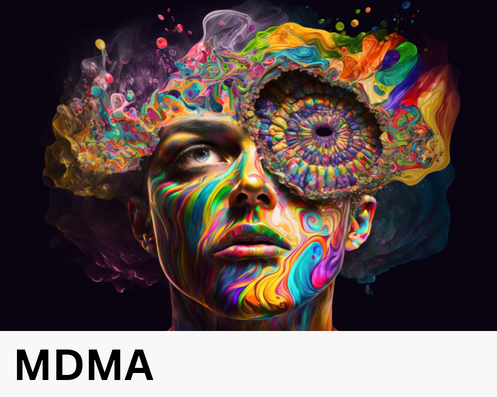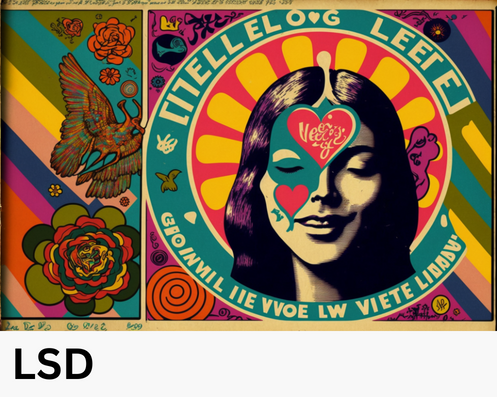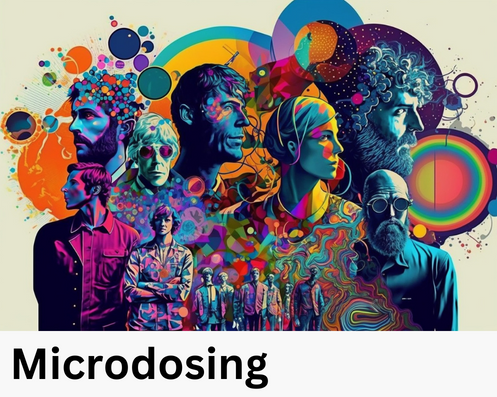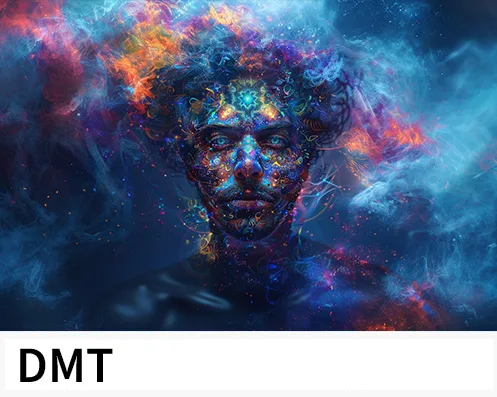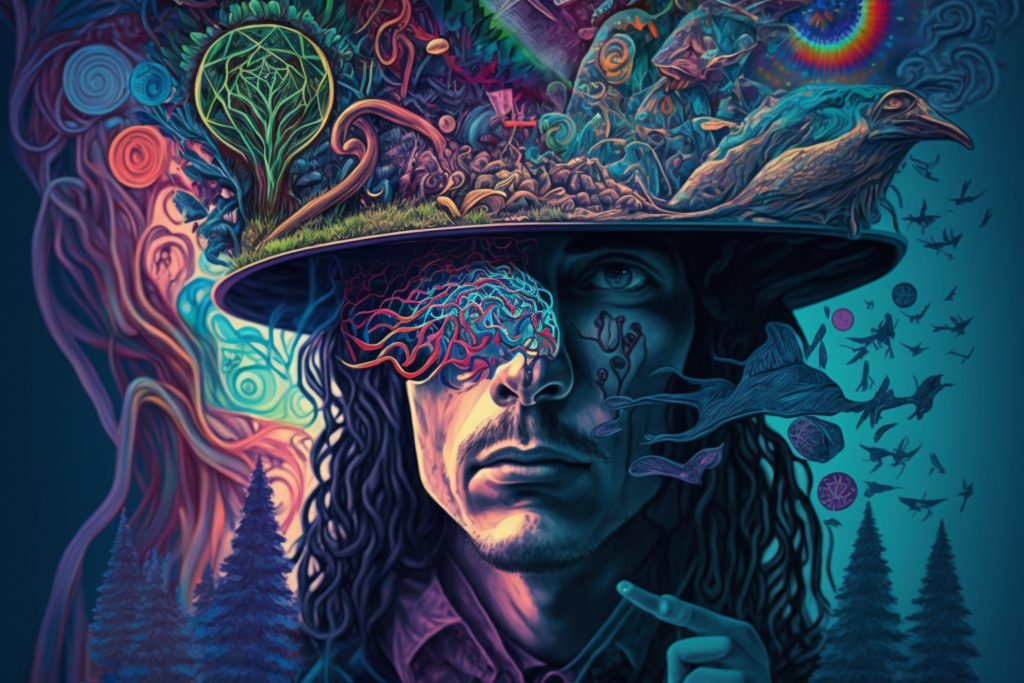
Introduction
Psychedelic integration refers to the process of integrating the insights and experiences gained from a psychedelic experience into one’s daily life. It involves reflecting on the trip, processing emotions, and incorporating new perspectives and behaviors into one’s daily routine. This process helps individuals to make the most of their psychedelic experiences and to continue to benefit from them long after the trip has ended.
The purpose of this article is to explore the concept of psychedelic integration and to provide an in-depth look at why it is an important topic for those who use psychedelics. The article will delve into the various aspects of psychedelic integration, including the benefits and challenges of the process, and will offer practical advice for those looking to integrate their experiences.
In recent years, there has been a resurgence of interest in psychedelics and their therapeutic potential. Psychedelics are being researched for their ability to treat a range of mental health conditions, and there has been a growing trend of individuals using psychedelics for personal growth and spiritual development. However, despite the growing popularity of psychedelics, there is still a great deal of stigma and misunderstanding surrounding their use.
In this article, we will provide an overview of the current state of psychedelic use, including popular perceptions and trends, and we will explore the concept of psychedelic integration in depth. Our goal is to provide a comprehensive and nuanced understanding of this important topic and to offer valuable insights and advice for those looking to make the most of their psychedelic experiences.
Historical
Background
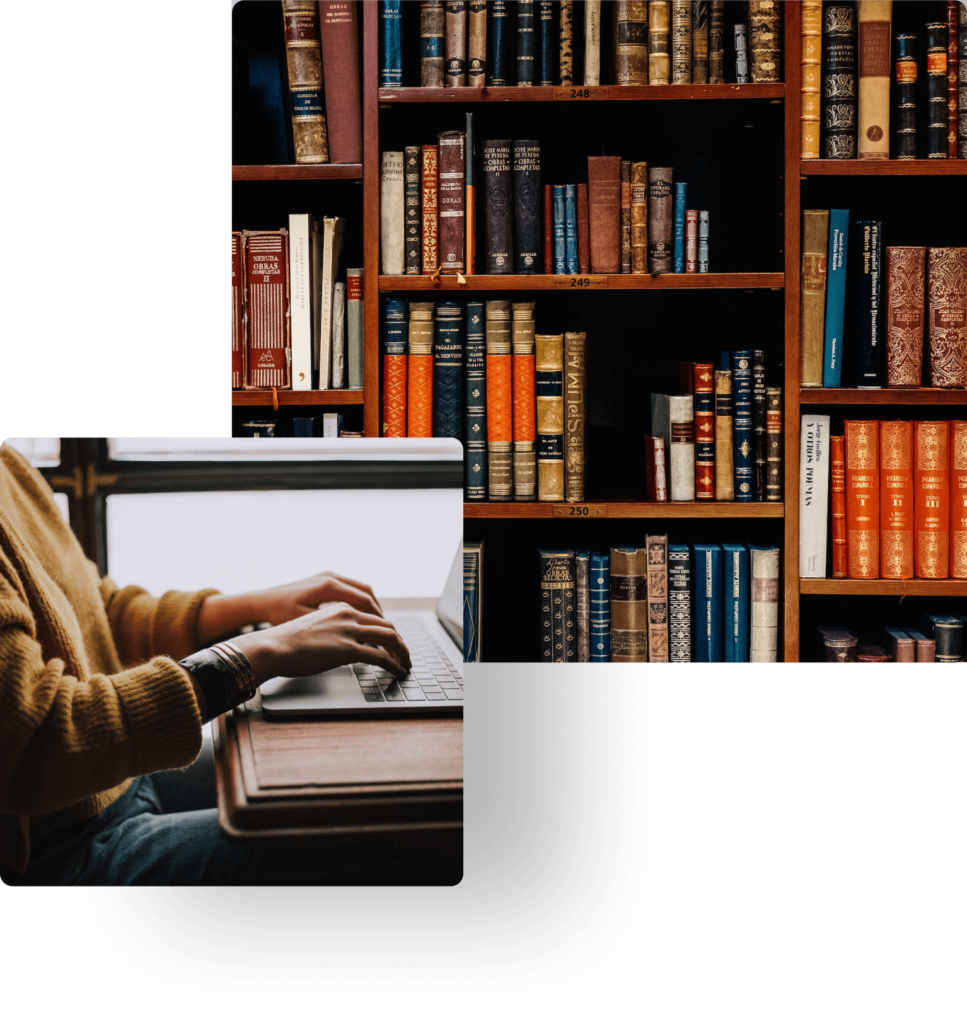
For many centuries, indigenous cultures around the world have utilized psychedelics for spiritual, medicinal, and ceremonial purposes. These substances were often considered sacred and were used in specific rituals to facilitate communication with the spiritual world and to promote healing. In many cultures, the use of psychedelics was closely tied to religious and spiritual practices, and they were often seen as a way to access higher states of consciousness and to gain deeper insights into the nature of reality.
In the mid-20th century west, psychedelics became popular in both medical and recreational circles. They were seen as a revolutionary new tool for exploring the mind and for treating mental health conditions. However, as the popularity of psychedelics grew, so too did concerns about their safety and potential for abuse. Due to demonizing propaganda and the war on drug politics, by the 1970s, psychedelics had fallen out of favor with the medical community and were widely banned, with the exception of a few research studies.
Yet since the 1990’s, there has been a renewed interest in psychedelics and their therapeutic potential. Partially thanks to Dr Rick Strassman and his DMT research in tandem with MAPS efforts to research MDMA assisted psychotherapy and the global explosion of medical cannabis, a growing body of research has shown that previously banned substances can be effective in treating a range of mental health conditions, including depression, anxiety, and PTSD. Additionally, psychedelics are being explored as a tool for personal growth and spiritual development, with many individuals reporting profound and transformative experiences, through indigenous ceremonies with psychedelics such as ayahuasca, as well as in recreational settings.
This renewed interest in psychedelics propelled the trend of individuals using these substances for personal and therapeutic purposes, and has sparked a new wave of research into the potential benefits and risks of psychedelic use. As a result, the body of knowledge surrounding the effects of psychedelics is expanding and continues to evolve.
The Science
Behind
Psychedelics

At the heart of the psychedelic experience is the interaction between these substances and the human nervous system. Research has shown that psychedelics alter brain activity and increase neuroplasticity, leading to profound changes in thought patterns, emotions, and perception. Scientists are still exploring exactly how psychedelics produce these effects, but it appears that they interact with specific serotonin receptors in the brain, leading to the release of other neurotransmitters that influence perception and cognition.
As research into the effects of psychedelics continues, evidence is growing that combined with therapy, psychedelics are beneficial for certain mental health conditions, such as depression, addiction, anxiety, and PTSD. In many cases, these benefits persist even after a single dose of the drug, with some patients reporting profound and long-lasting improvements in their symptoms.
While the potential benefits of psychedelics are promising, it’s important to acknowledge there are risks associated with their use. They may acutely cause short-term side effects like anxiety, paranoia, and confusion, and there is a risk of longer-term harm if they are abused. That’s why responsible use is essential, and it’s important to take proper precautions and preparation before engaging in any psychedelic experience. Whether it’s through seeking support from a qualified therapist or taking part in a guided ceremony, the goal is to make the experience as safe and beneficial as possible.
At the heart of the psychedelic experience is the interaction between these substances and the human nervous system. Research has shown that psychedelics alter brain activity and increase neuroplasticity, leading to profound changes in thought patterns, emotions, and perception. Scientists are still exploring exactly how psychedelics produce these effects, but it appears that they interact with specific serotonin receptors in the brain, leading to the release of other neurotransmitters that influence perception and cognition.
As research into the effects of psychedelics continues, evidence is growing that combined with therapy, psychedelics are beneficial for certain mental health conditions, such as depression, addiction, anxiety, and PTSD. In many cases, these benefits persist even after a single dose of the drug, with some patients reporting profound and long-lasting improvements in their symptoms.
While the potential benefits of psychedelics are promising, it’s important to acknowledge there are risks associated with their use. They may acutely cause short-term side effects like anxiety, paranoia, and confusion, and there is a risk of longer-term harm if they are abused. That’s why responsible use is essential, and it’s important to take proper precautions and preparation before engaging in any psychedelic experience. Whether it’s through seeking support from a qualified therapist or taking part in a guided ceremony, the goal is to make the experience as safe and beneficial as possible.
The Concept of Psychedelic Integration
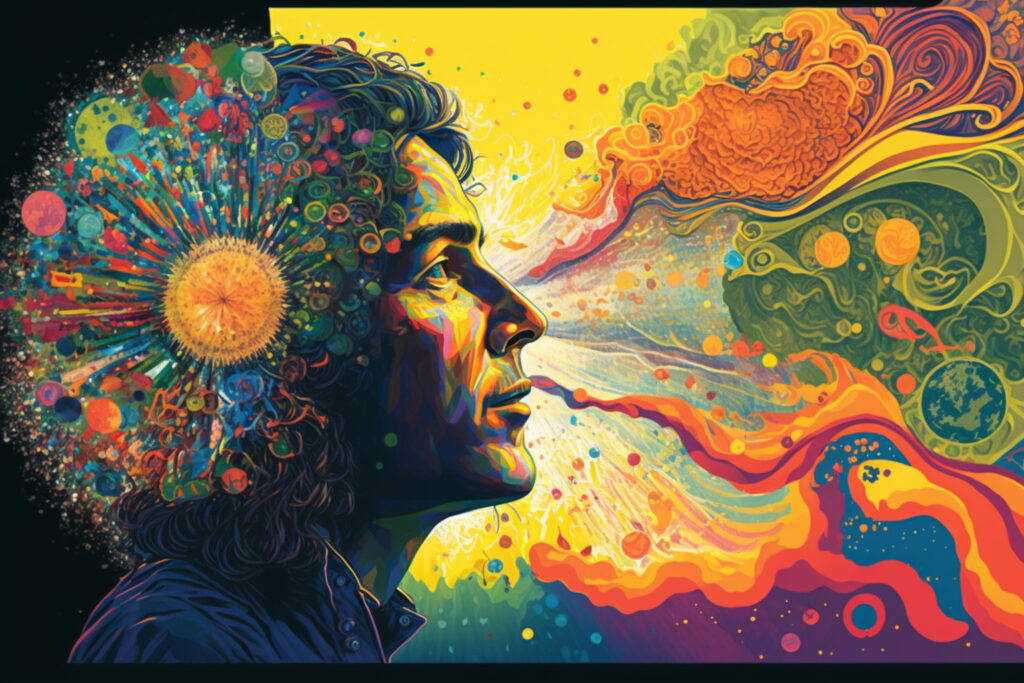

Psychedelic integration can be thought of as the process of incorporating and assimilating the insights and experiences gained from a psychedelic journey into one’s everyday life. It’s like taking the lessons you’ve discovered on a trip and weaving them into the fabric of your existence.
Just like any journey, a psychedelic experience can be life-changing and impactful, but the real magic happens when those transformative moments are integrated into one’s daily routine. Integration allows for the integration of newfound perspectives, emotional insights, and spiritual awakenings into one’s life, leading to sustained growth and personal development.
One way to think of it is like planting a seed in fertile soil. If you don’t properly tend to the seed and allow it to grow and flourish, it may wither away. But if you take care of it and provide it with the necessary resources, it can grow into a magnificent tree with deep roots and a strong foundation. The same can be said for psychedelic experiences. Without integration, even deep lessons learned may quickly fade away like a fleeting dream. But with proper integration, the effects can be long-lasting and truly transformative.
Integrating psychedelic experiences can lead to numerous benefits, including personal growth, increased self-awareness, and improved mental health. Personal growth can be seen as the tree growing taller and stronger. As you integrate the lessons learned from your psychedelic experiences, you may find yourself developing a greater understanding of yourself and the world around you. This increased self-awareness can lead to a deeper sense of purpose and fulfillment.
When you integrate your experiences, you can work through emotional baggage and psychological issues that may have been holding you back. This can lead to a clearer state of mind and improved overall well-being. This allows for sustained personal growth, increased self-awareness, and improved mental health. By tending to the seed of your journey and nurturing it, you can reap the full benefits of your psychedelic experience.
Approaches to
Psychedelic
Integration
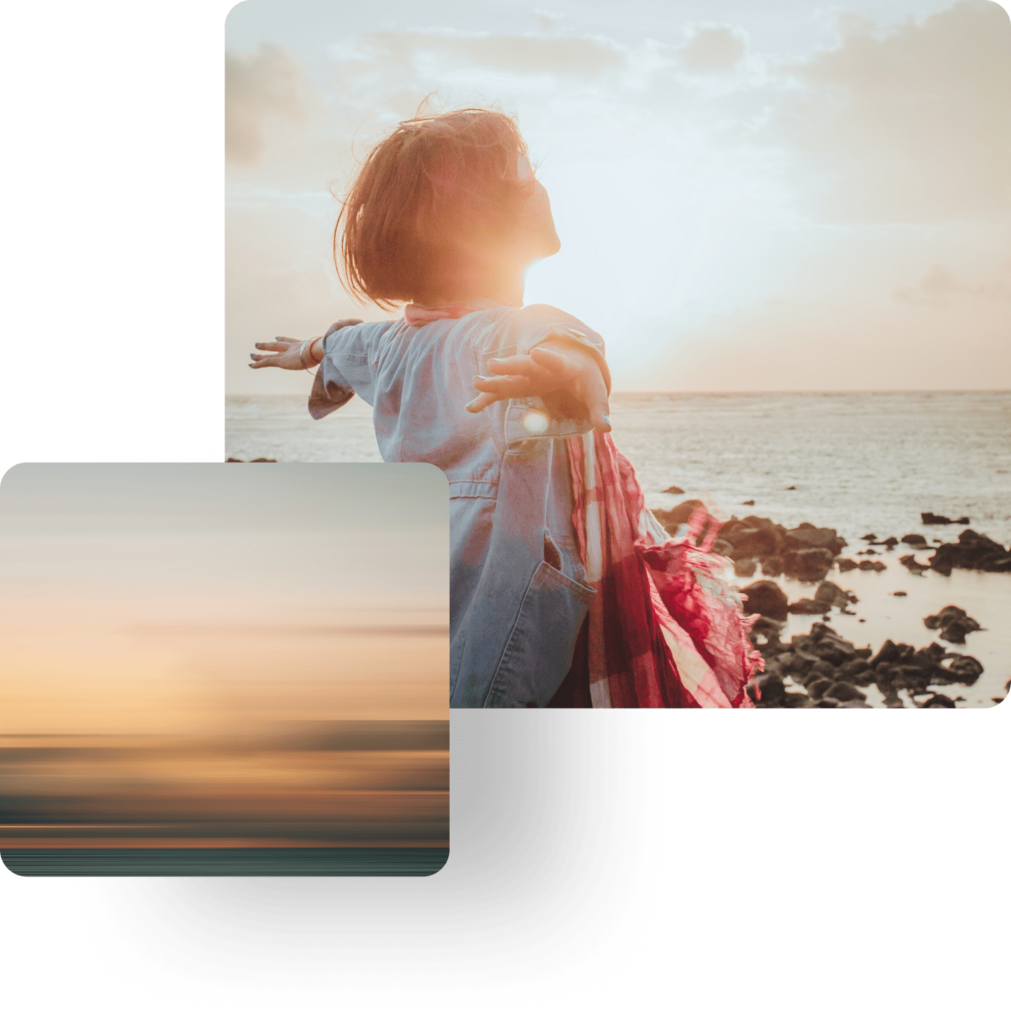
When it comes to integrating the lessons learned from a psychedelic experience, therapy-based approaches can be incredibly beneficial. These approaches can be either individual or group based, depending on the individual’s needs and preferences.
Individual therapy is like having a personal coach, helping to guide you through the process of understanding and integrating the insights gained from the psychedelic experience. This type of therapy can provide a supportive and safe environment where the individual can discuss, reflect and process their experiences and how they can apply these lessons to their daily life.
Group therapy, on the other hand, allows individuals to share their experiences, gain new perspectives, and work through any challenges they may encounter during the integration process, in a peer context. Group therapy can also create a sense of community and belonging, which can be especially helpful for those who feel like they are the only one going through this process.
While therapy-based approaches can be extremely helpful, self-directed approaches can be equally as effective. One of the best ways to integrate psychedelic experiences is through journaling. Writing down one’s thoughts and feelings allows for deeper self-reflection and a clearer understanding of the insights gained from the experience. Expressive art such as painting, collage, music and dance can also be very meaningful. Meditation and mindfulness practices are also powerful self-directed approaches. By simply focusing on the present moment and bringing awareness to one’s thoughts and emotions, one can better understand and integrate their psychedelic experiences.
While both therapy-based and self-directed approaches can be effective on their own, combining the two can often lead to even greater outcomes. By utilizing the guidance and support of a therapist, while also incorporating expression, self-reflection and mindfulness practices, individuals can receive the best of both worlds. This combination approach can help individuals to gain a deeper understanding of their experiences and integrate these insights into their daily lives in a more meaningful and lasting way.
In addition, group approaches can also play a role in combining therapy-based and self-directed approaches, especially when done in a group that journeyed together. By joining a sharing circle, support group or participating in a guided retreat, individuals can receive the benefits of therapy-based approaches while also gaining the support of a community. This can lead to a greater sense of belonging, reduced feelings of isolation, and a deeper sense of connection with others who are going through a similar process.
As you can see, there are many approaches to psychedelic integration, and each individual may find that one approach works better for them than others. However, by combining therapy-based and self-directed approaches, and perhaps even incorporating group approaches, individuals can achieve optimal outcomes and continue to grow and evolve from their psychedelic experiences.
Challenges and Barriers to
Psychedelic Integration
The journey of psychedelic integration is not always a smooth one, as it is often met with challenges and barriers that can make the process more difficult. One of the most prominent barriers to integration is the stigma and legal restrictions associated with psychedelic use. The negative perception of psychedelics has been perpetuated for decades, leading many to view their use as a sign of moral decay or as a dangerous and illicit activity. This stigma creates a culture of fear and mistrust that makes it difficult for individuals to openly share and discuss their experiences, thus limiting their ability to integrate the insights and realizations they gained from those experiences.
Another challenge to psychedelic integration is the lack of professional training and resources available to individuals seeking to integrate their experiences. While there are a growing number of therapists and coaches who specialize in psychedelic integration, many people are still unable to access these services due to financial or geographical barriers. In addition, not all therapists are “Psychedelic friendly” and many professionals are biased and stigmatize these experiences. This lack of resources and support can leave individuals feeling alone, lost and uncertain about how to process their experiences, leading to incomplete integration and missed opportunities for growth and healing.
Finally, personal resistance can be a significant barrier to psychedelic integration. Some individuals may find it difficult to confront the emotions and insights that arose during their psychedelic experiences, leading them to avoid engaging with the integration process altogether. Others may struggle with the changes that integration can bring, feeling overwhelmed by the newfound perspectives and challenges to their existing beliefs and behaviors. This personal resistance can be difficult to overcome, but with the right support and resources, individuals can learn to embrace their experiences and use them to grow and heal in meaningful ways.
Overall, the challenges and barriers to psychedelic integration can be daunting, but they do not have to be insurmountable. By recognizing and addressing these barriers, individuals can more fully integrate their experiences and reap the benefits that come with it. By embracing a growth mindset and seeking support from trained professionals, individuals can turn their psychedelic journeys into opportunities for transformation and personal growth.
A Journey Home: The Conclusion
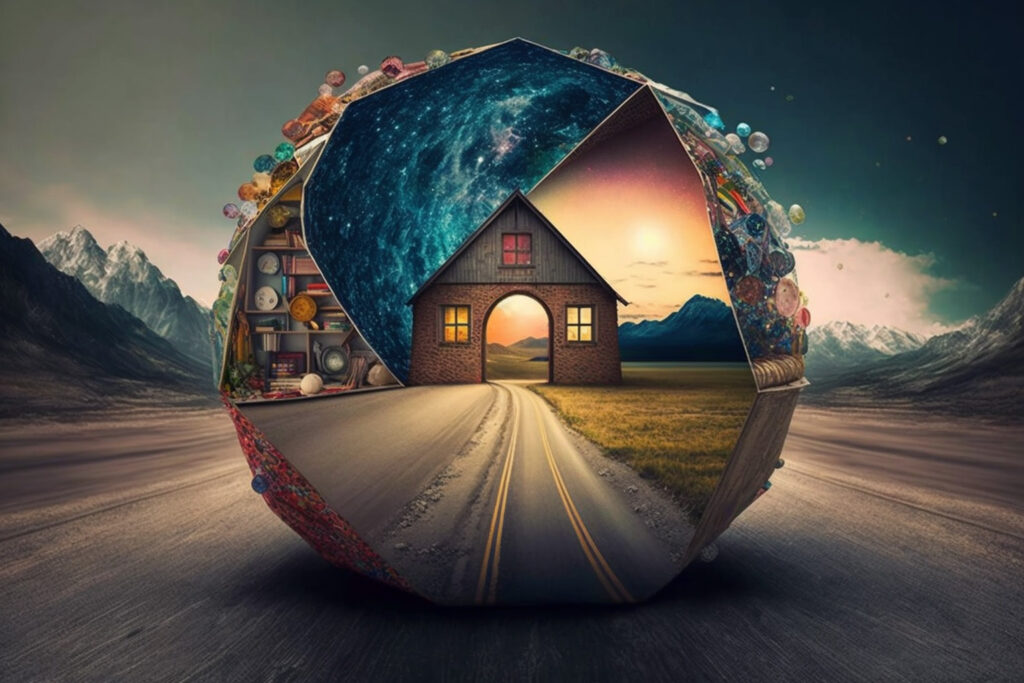
Throughout this article, we have explored the world of psychedelic integration. We have discovered the meaning behind this concept and why it is an integral aspect of psychedelic use. We have delved into the importance of integration in terms of personal growth, increased self-awareness, and improved mental health. We have also seen the various approaches to integration, including therapy-based, self-directed, and combination methods. Finally, we have encountered the challenges and barriers that may arise during the integration process, such as stigma and legal restrictions, a lack of professional training and resources, and personal resistance.
As the world continues to evolve and expand, so too does our understanding of psychedelic integration. In the future, there is a need for further research and practice in this field to deepen our knowledge and optimize the outcomes for those seeking integration. Additionally, there is a need for continued education and training for mental health professionals to provide support for those undergoing integration.
Integrating one’s psychedelic experiences is a unique and personal journey that requires patience, openness, and a willingness to explore the unknown. For those seeking to integrate their experiences, it is important to seek peer support, professional guidance, practice self-care, and adopt a holistic approach. This includes taking care of one’s physical, emotional and mental well-being, as well as seeking to understand the spiritual and philosophical aspects of one’s experiences.
At its core, psychedelic integration is about weaving together the threads of our experiences and creating a tapestry of growth and self-discovery. By embracing this process, we can harness the positive aspects of our psychedelic experiences and maximize their benefits. The journey of integration is an invitation to delve deeper into ourselves and discover the depths of our being. It can lead us to a place of wholeness, where the pieces of our experiences come together to form a coherent and meaningful whole.
References
- “The therapeutic potential of psychedelic drugs: recommendations for regulatory and research strategies” by Krupitsky E et al., published in Journal of Psychoactive Drugs, 2011
- “Psilocybin for Treatment-Resistant Depression: fMRI-measured Brain Mechanisms” by Carhart-Harris RL et al., published in Scientific Reports, 2016
- “Psychedelics and the Science of Brain-Mind Healing” by C.D. Barr, published in Frontiers in Psychology, 2017
- “Neural Mechanisms of Psychedelic Drugs in the Treatment of Depression” by M. Preller et al., published in European Neuropsychopharmacology, 2018
- “The revival of psychedelic research in the treatment of mental illness” by D.E. Sessa, published in British Journal of Psychiatry, 2016
- “Psilocybin for major depressive disorder: a randomized controlled trial” by R.R. Griffiths et al., published in Journal of Psychopharmacology, 2021
- “The therapeutic potential of psychedelics: A review of conceptual and clinical evidence” by M.J. Johnson et al., published in Clinical Psychology Review, 2019
- “Psilocybin-assisted therapy: A meta-analysis of randomized controlled trials” by T.K. Kaelen et al., published in Psychopharmacology, 2019
